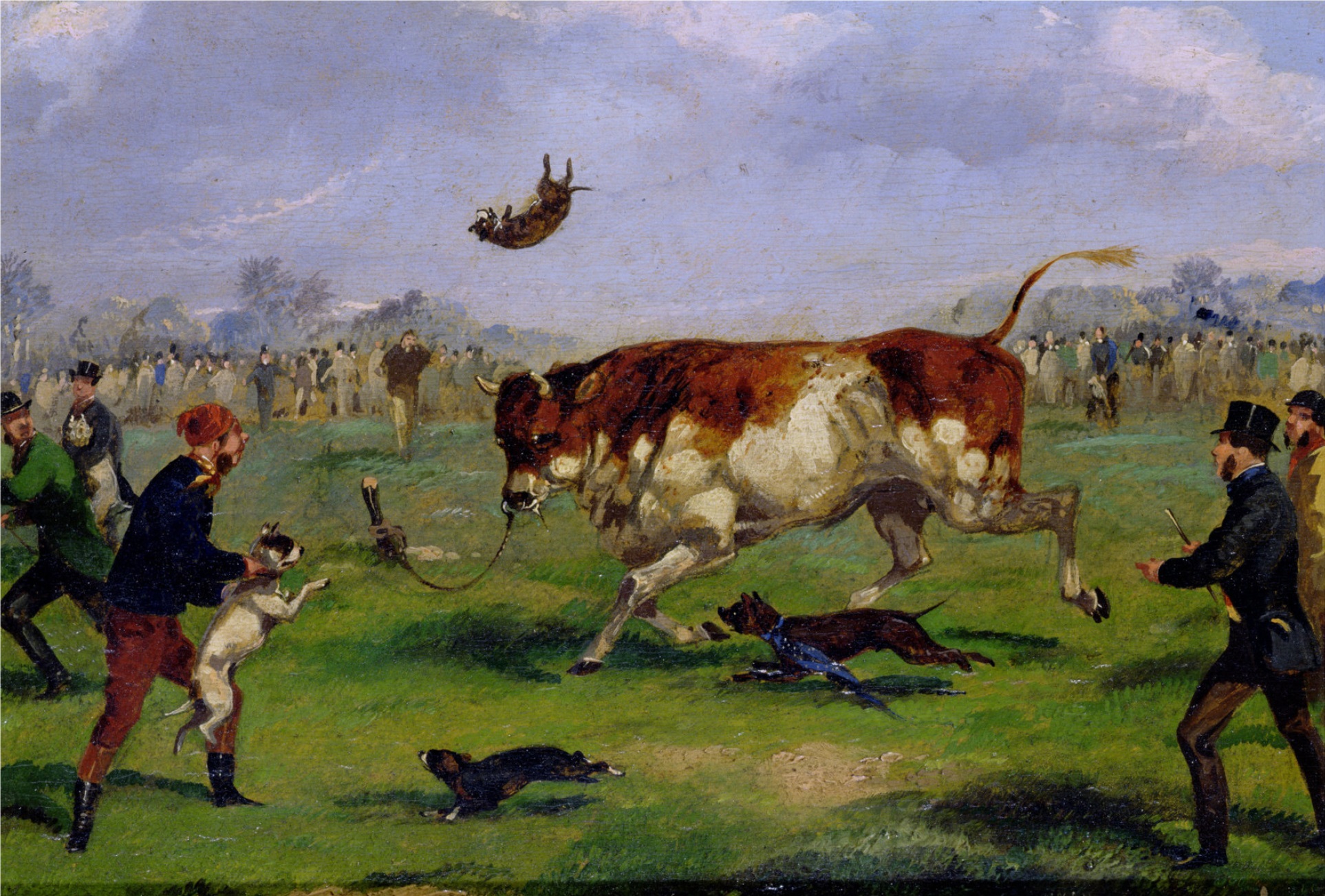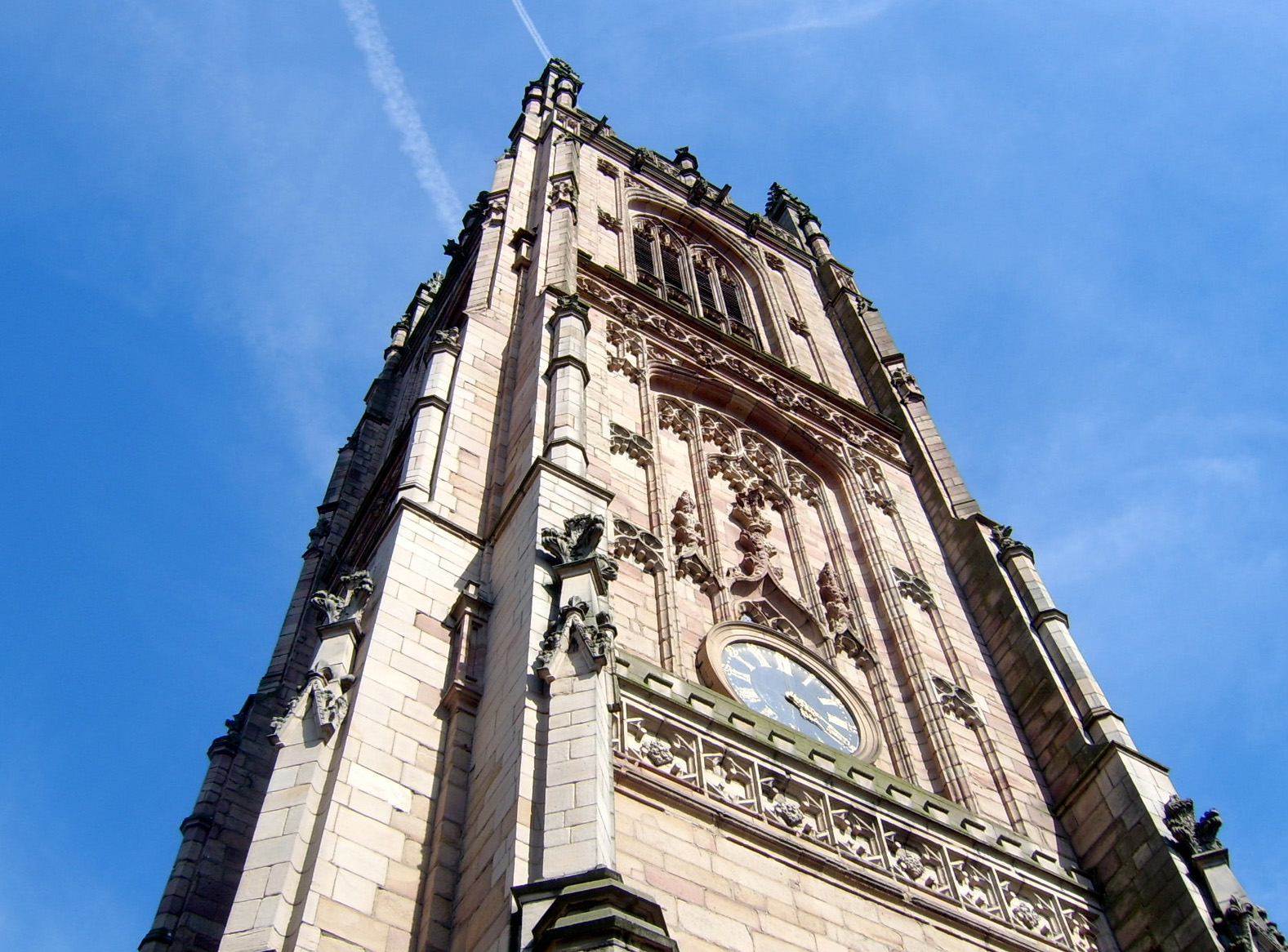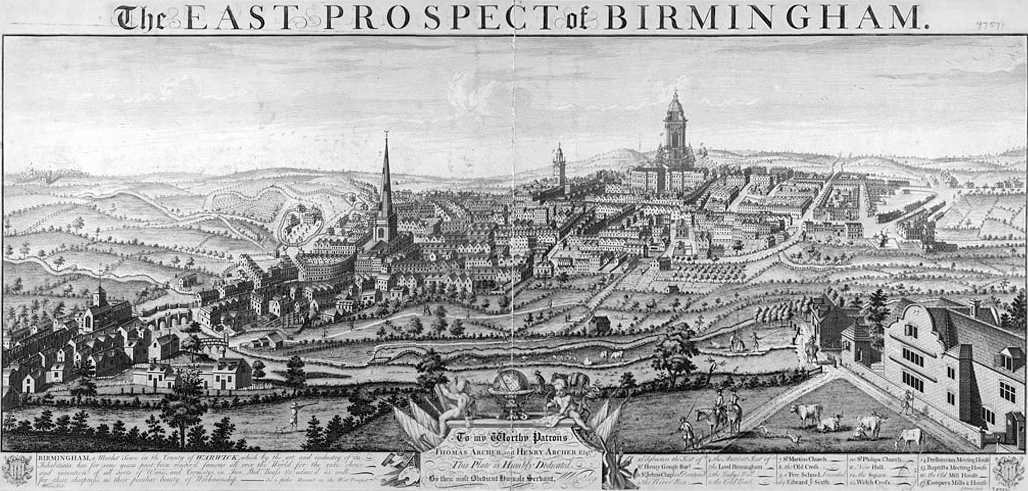|
Joseph Gales, Sr.
Joseph Gales (4 February 1761 – 21 July 1841) was an American journalist, newspaper publisher and political figure. He was the father of the younger Joseph Gales. Life in Britain Gales was born in Eckington, Derbyshire, in England to Timothy Gales and Sarah (Clay). He left to undertake a printing apprenticeship in Manchester, but left after he was attacked by his master's wife. Soon after, he completed his apprenticeship with James Tomlinson in Newark, Nottinghamshire. While in Newark, he married Winifred Marshall, a novelist and political writer."Gales, Joseph", ''Oxford Dictionary of National Biography'' In 1784, Gales moved to Sheffield in Yorkshire. Shortly after moving to Sheffield, he became a Unitarian, and took up various Radical causes, advocating religious tolerance, Parliamentary reform and the abolition of slavery, and opposing boxing and bull-baiting. Gales met Tom Paine, who encouraged him to found a radical newspaper. In June 1787, he began publishing th ... [...More Info...] [...Related Items...] OR: [Wikipedia] [Google] [Baidu] |
Journalist
A journalist is a person who gathers information in the form of text, audio or pictures, processes it into a newsworthy form and disseminates it to the public. This is called journalism. Roles Journalists can work in broadcast, print, advertising, or public relations personnel. Depending on the form of journalism, "journalist" may also describe various categories of people by the roles they play in the process. These include reporters, correspondents, citizen journalists, Editorial board, editors, Editorial board, editorial writers, columnists, and photojournalists. A reporter is a type of journalist who researches, writes and reports on information in order to present using source (journalism), sources. This may entail conducting interviews, information-gathering and/or writing articles. Reporters may split their time between working in a newsroom, from home or outside to witness events or interview people. Reporters may be assigned a specific Beat reporting, beat (area of cov ... [...More Info...] [...Related Items...] OR: [Wikipedia] [Google] [Baidu] |
Bull-baiting
Bull-baiting (or bullbaiting) is a blood sport involving pitting a bull against dogs with the aim of attacking and subduing the bull by biting and holding onto its nose or neck, which often resulted in the death of the bull. History England The origin of baiting in England may have come from ancient pagan rituals, and appears to have been carried on as a required method of butchering bull-beef in the 14th century. However, the earliest known bull-baiting as commercial entertainment in London was around 1540, and the first permanent arena was in 1562. Historically, however, English authors have often claimed a more ancient origin of the sport, as early as the 12th century, presumably to lend it a more ancient and venerable history, going as far as to suggest that the circular shape of the Elizabethan theaters came about because they were first used as baiting arenas, although these claims have been discredited. Crowds in London during the Royal Entry of James VI and I in Mar ... [...More Info...] [...Related Items...] OR: [Wikipedia] [Google] [Baidu] |
Derby
Derby ( ) is a City status in the United Kingdom, city and Unitary authorities of England, unitary authority area on the River Derwent, Derbyshire, River Derwent in Derbyshire, England. Derbyshire is named after Derby, which was its original county town. As a unitary authority, Derby is administratively independent from Derbyshire County Council. The population of Derby is (). The Romans established the town of Derventio Coritanorum, Derventio, which was later captured by the Anglo-Saxons and then by the Vikings who made one of the Five Boroughs of the Danelaw. Initially a market town, Derby grew rapidly in the industrial era and was home to Lombe's Mill, an early British factory and it contains the southern part of the Derwent Valley Mills World Heritage Site. With the arrival of the railways in the 19th century, Derby became a centre of the Rail transport in Great Britain, British rail industry. Despite having a Derby Cathedral, cathedral since 1927, Derby did not gain City ... [...More Info...] [...Related Items...] OR: [Wikipedia] [Google] [Baidu] |
Pike (weapon)
A pike is a long thrusting spear formerly used in European warfare from the Late Middle Ages and most of the early modern warfare, early modern period, and wielded by infantry, foot soldiers deployed in pike square formation, until it was largely replaced by bayonet-equipped muskets. The pike was particularly well known as the primary weapon of Spanish tercios, Swiss mercenary, German Landsknecht units and French sans-culottes. A similar weapon, the sarissa, had been used in classical antiquity, antiquity by Alexander the Great's Ancient Macedonians, Macedonian phalanx infantry. Design The pike was a long weapon, varying considerably in size, from long. Generally, a spear becomes a pike when it is too long to be wielded with one hand in combat. It was approximately in weight, with the 16th-century military writer John Smith (High Sheriff of Kent), Sir John Smythe recommending lighter rather than heavier pikes. It had a wooden shaft with an iron or steel spearhead affixed. Th ... [...More Info...] [...Related Items...] OR: [Wikipedia] [Google] [Baidu] |
London Corresponding Society
The London Corresponding Society (LCS) was a federation of local reading and debating clubs that in the decade following the French Revolution agitated for the democratic reform of the British Parliament. In contrast to other reform associations of the period, it drew largely upon working men (artisans, tradesmen, and shopkeepers) and was itself organised on a formal democratic basis. Characterising it as an instrument of French revolutionary subversion, and citing links to the insurrectionist United Irishmen, the government of William Pitt the Younger sought to break the Society, twice charging leading members with complicity in plots to assassinate the King. Measures against the society intensified in the wake of the naval mutinies of 1797, the 1798 Irish Rebellion and growing protest against the continuation of the war with France. In 1799, new legislation suppressed the Society by name, along with the remnants of the United Irishmen and their franchise organisations, Un ... [...More Info...] [...Related Items...] OR: [Wikipedia] [Google] [Baidu] |
Coventry
Coventry ( or rarely ) is a City status in the United Kingdom, cathedral city and metropolitan borough in the West Midlands (county), West Midlands county, in England, on the River Sherbourne. Coventry had been a large settlement for centuries. Founded in the early Middle Ages, its city status was formally recognised in a charter of 1345. The city is governed by Coventry City Council, and the West Midlands Combined Authority. Historic counties of England, Formerly part of Warwickshire until 1451, and again from 1842 to 1974, Coventry had a population of 345,324 at the 2021 census, making it the tenth largest city in England and the 13th largest in the United Kingdom. It is the second largest city in the West Midlands (region), West Midlands region, after Birmingham, from which it is separated by an area of Green belt (United Kingdom), green belt known as the Meriden Gap; it is the third largest in the wider Midlands after Birmingham and Leicester. The city is part of a larger ... [...More Info...] [...Related Items...] OR: [Wikipedia] [Google] [Baidu] |
Birmingham
Birmingham ( ) is a City status in the United Kingdom, city and metropolitan borough in the metropolitan county of West Midlands (county), West Midlands, within the wider West Midlands (region), West Midlands region, in England. It is the List of English districts by population, largest local authority district in England by population and the second-largest city in Britain – commonly referred to as the second city of the United Kingdom – with a population of million people in the city proper in . Birmingham borders the Black Country to its west and, together with the city of Wolverhampton and towns including Dudley and Solihull, forms the West Midlands conurbation. The royal town of Sutton Coldfield is incorporated within the city limits to the northeast. The urban area has a population of 2.65million. Located in the West Midlands (region), West Midlands region of England, Birmingham is considered to be the social, cultural, financial and commercial centre of the Midland ... [...More Info...] [...Related Items...] OR: [Wikipedia] [Google] [Baidu] |
Leeds
Leeds is a city in West Yorkshire, England. It is the largest settlement in Yorkshire and the administrative centre of the City of Leeds Metropolitan Borough, which is the second most populous district in the United Kingdom. It is built around the River Aire and is in the eastern foothills of the Pennines. The city was a small manorial borough in the 13th century and a market town in the 16th century. It expanded by becoming a major production and trading centre (mainly with wool) in the 17th and 18th centuries. Leeds developed as a mill town during the Industrial Revolution alongside other surrounding villages and towns in the West Riding of Yorkshire. It was also known for its flax industry, iron foundries, engineering and printing, as well as shopping, with several surviving Victorian era arcades, such as Kirkgate Market. City status was awarded in 1893, and a populous urban centre formed in the following century which absorbed surrounding villages and overtook t ... [...More Info...] [...Related Items...] OR: [Wikipedia] [Google] [Baidu] |
Sheffield Society For Constitutional Information
Sheffield is a city status in the United Kingdom, city in South Yorkshire, England, situated south of Leeds and east of Manchester. The city is the administrative centre of the City of Sheffield. It is Historic counties of England, historically part of the West Riding of Yorkshire and some of its southern suburbs were transferred from Derbyshire to the city council. It is the largest settlement in South Yorkshire and the third largest of Northern England. The city is in the North Midlands, in the eastern foothills of the Pennines and the valleys of the River Don, Yorkshire, River Don with its four tributaries: the River Loxley, Loxley, the Porter Brook, the River Rivelin, Rivelin and the River Sheaf, Sheaf. Sixty-one per cent of Sheffield's entire area is green space and a third of the city lies within the Peak District national park and is the fifth-largest city in England. There are more than 250 parks, woodlands and gardens in the city, which is estimated to contain aroun ... [...More Info...] [...Related Items...] OR: [Wikipedia] [Google] [Baidu] |
Joseph Priestley
Joseph Priestley (; 24 March 1733 – 6 February 1804) was an English chemist, Unitarian, Natural philosophy, natural philosopher, English Separatist, separatist theologian, Linguist, grammarian, multi-subject educator and Classical liberalism, classical liberal Political philosophy, political theorist. He published over 150 works, and conducted experiments in several areas of science. Priestley is credited with his independent discovery of oxygen by the thermal decomposition of mercuric oxide, having isolated it in 1774. During his lifetime, Priestley's considerable scientific reputation rested on his invention of carbonated water, his writings on electricity, and his discovery of several "airs" (gases), the most famous being what Priestley dubbed "dephlogisticated air" (oxygen). Priestley's determination to defend phlogiston theory and to reject what would become the chemical revolution eventually left him isolated within the scientific community. Priestley's science was ... [...More Info...] [...Related Items...] OR: [Wikipedia] [Google] [Baidu] |








